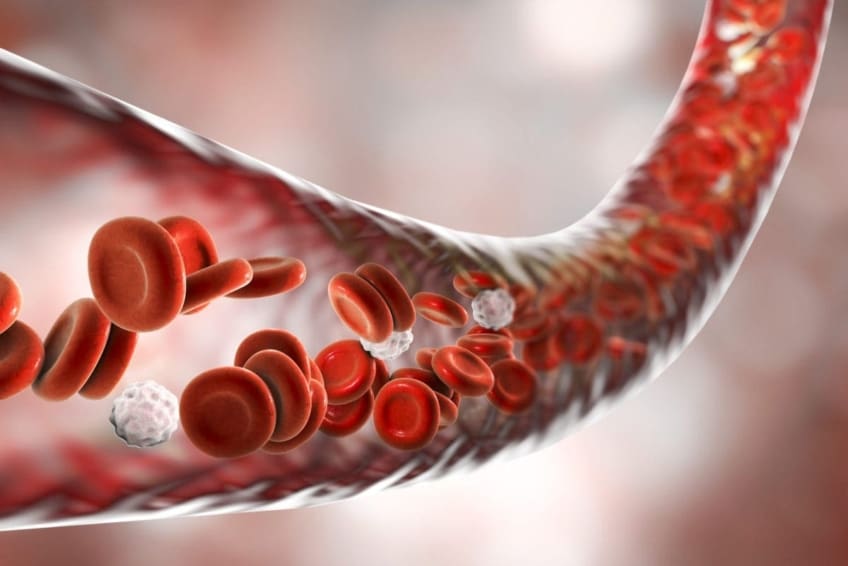
What is blood poisoning?
Blood poisoning (sepsis) has nothing to do with poison. Instead, it’s primary cause is the presence of germs, which enter your bloodstream from an infection elsewhere in your body. This can happen through wounds, burns, cuts, and scrapes. Bacteria can come from something as simple as a sinus infection. Although blood poisoning is often a result of a bacterial infection, even a COVID-19 viral infection can lead to sepsis as well as influenza and fungal infections. Any of these situations can lead to blood poisoning.
Untreated infection in the bloodstream can trigger sepsis. Sepsis is the body’s life-threatening response to a bacterial infection and is often a medical emergency. Sepsis happens when an infection you already have triggers a chain reaction throughout your body. Bacterial infections that lead to sepsis most often start in the lung, urinary tract, skin, or gastrointestinal tract. Without timely treatment, sepsis can rapidly lead to tissue damage, organ failure, and death.
Both blood poisoning requires immediate treatment. This is to prevent sepsis from infecting major organs, like the lungs, kidneys, and heart. Sepsis is unpredictable, aggressive, and progresses rapidly.
Anyone can get blood poisoning, but the risk is higher for:
- Infants and young children (especially under 1 year of age)
- Older people (65 years of age or older)
- People who have a weakened immune system
- People who have chronic medical conditions, including diabetes, cancer, and AIDS
- People who have just had surgery
Symptoms of blood poisoning
The symptoms of blood poisoning are similar to symptoms of a cold or the flu and may include:
- Chills, shivering
- Sudden fever (moderate to high temperature)
- Fast heartbeat
- Rapid breathing
- Heart palpitations (heart skips a beat or seems to flutter)
- Low energy (more in children)
- Irritability (more in children)
Additional symptoms that indicate sepsis, include:
- Confusion or disorientation
- Extreme pain or discomfort
- Shortness of breath
- Clammy or sweaty skin
If you recently had surgery or a wound that could be infected, take these symptoms seriously. They could signal blood poisoning. If you have any of these symptoms, call your doctor right away.
What causes blood poisoning?
Blood poisoning is most often caused by a bacterial infection entering your bloodstream. However, it also can be cause by some viral infections, such as COVID-19, influenza, and fungal infections. Bacteria can enter your bloodstream in multiple ways, including daily activities, such as brushing your teeth too vigorously. A simple dental cleaning can cause bacteria to enter your bloodstream. This is true if you have certain risk factors. Risk factors include prior knee or hip replacement. It’s difficult for your body to clear bacteria around prosthetic devices. In dental visits, your dentist will have you take antibiotics before your appointment to prevent infection. Bacteria can enter your bloodstream through a scraped knee or other wound. Urinary tract infections are a common source of blood poisoning. Even a sinus infection can cause bacteria to enter your bloodstream.
Your immune system will eliminate small amounts of germs. When this doesn’t happen, it can cause blood poisoning. Too many germs can enter your bloodstream at once. Your immune system can’t keep up. This causes blood poisoning.
How is blood poisoning diagnosed?
Blood poisoning is diagnosed by examining a blood sample to find bacteria in the blood. Also, doctors check the number of white blood cells in the sample. If you suspect you have blood poisoning, call your doctor right away. Your doctor will examine you and order blood tests, if necessary.
If bacteria are in your blood, your doctor will identify the type of bacteria. If you have a cut or other wound on your body, your doctor may swab that area to collect bacteria.
Can blood poisoning be prevented or avoided?
To lower your risk of blood poisoning:
- Take care of cuts and open wounds. Don’t let them become infected. Keep them clean. Treat them with antiseptic medicine or as directed by your doctor.
- Get flu and pneumonia vaccines.
- Don’t ignore a toothache. A tooth infection can cause blood poisoning. See your dentist before it becomes a bigger problem.
- See your doctor for sinus and ear infections.
- Be aware that infection can occur following surgery or a medical treatment.
Blood poisoning treatment
The treatment of blood poisoning often involves admission to a hospital’s intensive care unit (ICU) for those who are very sick. This is so that your doctor can give you antibiotics and other medicines intravenously and closely monitor your organ systems. Fast treatment is important. Blood poisoning can become a more serious case of sepsis. Sepsis is life-threatening. It damages vital organs. When blood poisoning is caught early and doesn’t do any serious damage, you can then be switched to oral antibiotics that you can take at home. These are usually in pill form.
Living with blood poisoning
Many people fully recover from blood poisoning. However, untreated blood poisoning or catching it too late can worsen is serious sepsis. When you have sepsis, damage to major organs may be irreversible. For example, kidney damage could lead to lifelong dialysis. Once you have had blood poisoning, you’re at higher risk for developing infections in the future.
Questions for your doctor
- Am I in a high-risk group for blood poisoning?
- Do all prosthetic devices increase your risk of infection?
- Why are flu and pneumonia vaccines important in preventing blood poisoning?
- Are certain blood types at a higher risk for blood poisoning?
Resources
![]()
Copyright © American Academy of Family Physicians
This information provides a general overview and may not apply to everyone. Talk to your family doctor to find out if this information applies to you and to get more information on this subject.






